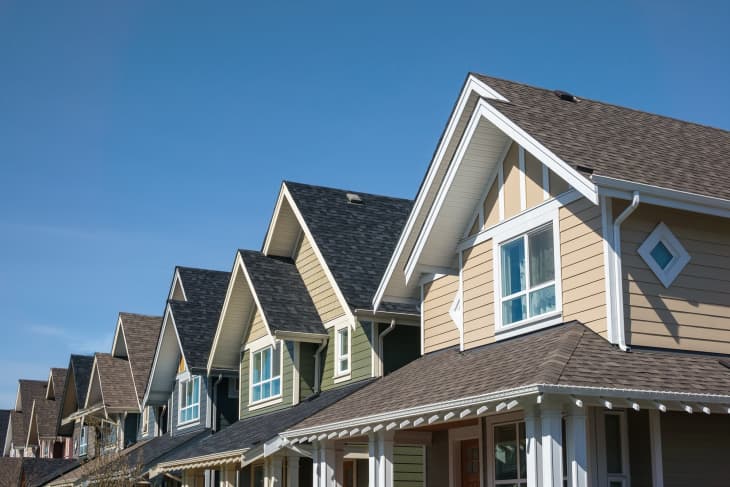Here’s How the White House Is Attempting to Help With the Housing Shortage
The pandemic has exposed and amplified the effects of unequal access to decent, affordable housing. For many Americans who are already living on the edge, that’s where the government’s nearly $2 trillionBuild Back Better billaims to step in.
For more content like this follow
President Biden’s sweeping social spending and climate policy legislation seeks to address the housing affordability gap byinvesting in affordable housingand down payment assistance.
A large contingent of Millennials are hitting their prime homebuying years, and for the last decade, there haven’t been enough homes built to meet demand. This generation is already grappling with skyrocketing housing costs and student debt that make saving for a down payment a steep hill to climb.
The economic recovery plan is centered on the basic premise that America will be stronger and more prosperous when everyone has the opportunity to fulfill their potential. The agenda includes a historic investment in building new homes and making existing housing safer, healthier, and more energy efficient.
The legislation proposes to spend $170 billion on housing assistance for lower-income Americans, in what is widely considered the largest infusion of federal funding for housing in modern history. Democrats say they are aiming to respond to soaring rental housing prices and home prices that have increasingly strained family budgets.
“The large and long-standing gap between the supply and demand of affordable homes for both renters and homeowners makes it harder for families to buy their first home and drives up the cost of rent,” the Build Back Better bill states.
As part of the agenda, public housing and rental assistance get funding boosts. If passed, the bill would also create more than one million new affordable rental and single-family homes and invest in down payment assistance. The White House says the down payment assistance under the plan would allow “hundreds of thousands of first-generation homebuyers to purchase their first home and build wealth.”
In addition, House leaders added several programs not included in the original framework announcement, including $12 billion to expand the low-income housing tax credit and $6 billion for a new initiative, the Neighborhood Homes Investment Act.
The bill includes funding for the following programs:
- $65 billion for public housing programs based on a Treasury and needs-based formula
- $25 billion for theHOME Investment Partnerships Programto construct and rehabilitate affordable homes for low-income families
- $750 million for a new Housing Investment Fund to leverage private-sector investments to create and preserve affordable homes
- $24 billion for housing choice vouchers and support services, including for individuals at risk of homelessness and for survivors of domestic violence and sexual assault
- $10 billion to offer down payment assistance to first-generation home buyers
- $5 billion for a home loan program to subsidize 20-year mortgages for first-generation homebuyers
- $5 billion to address lead paint and other health hazards in housing for low-income families
- $3.05 billion for theCommunity Development Block Grant program
- $3 billion for a new Community Restoration and Revitalization Fund offering competitive grants to local partnerships led by nonprofits for accessible housing and neighborhood revitalization initiatives
- $2 billion for rural rental housing to support new construction, the removal of safety hazards, and energy efficiency improvements
- $2 billion for a new grant program to make energy efficiency upgrades to affordable housing
- $700 million for the Fair Housing Initiatives Program and $100 million for the Fair Housing Assistance Program

